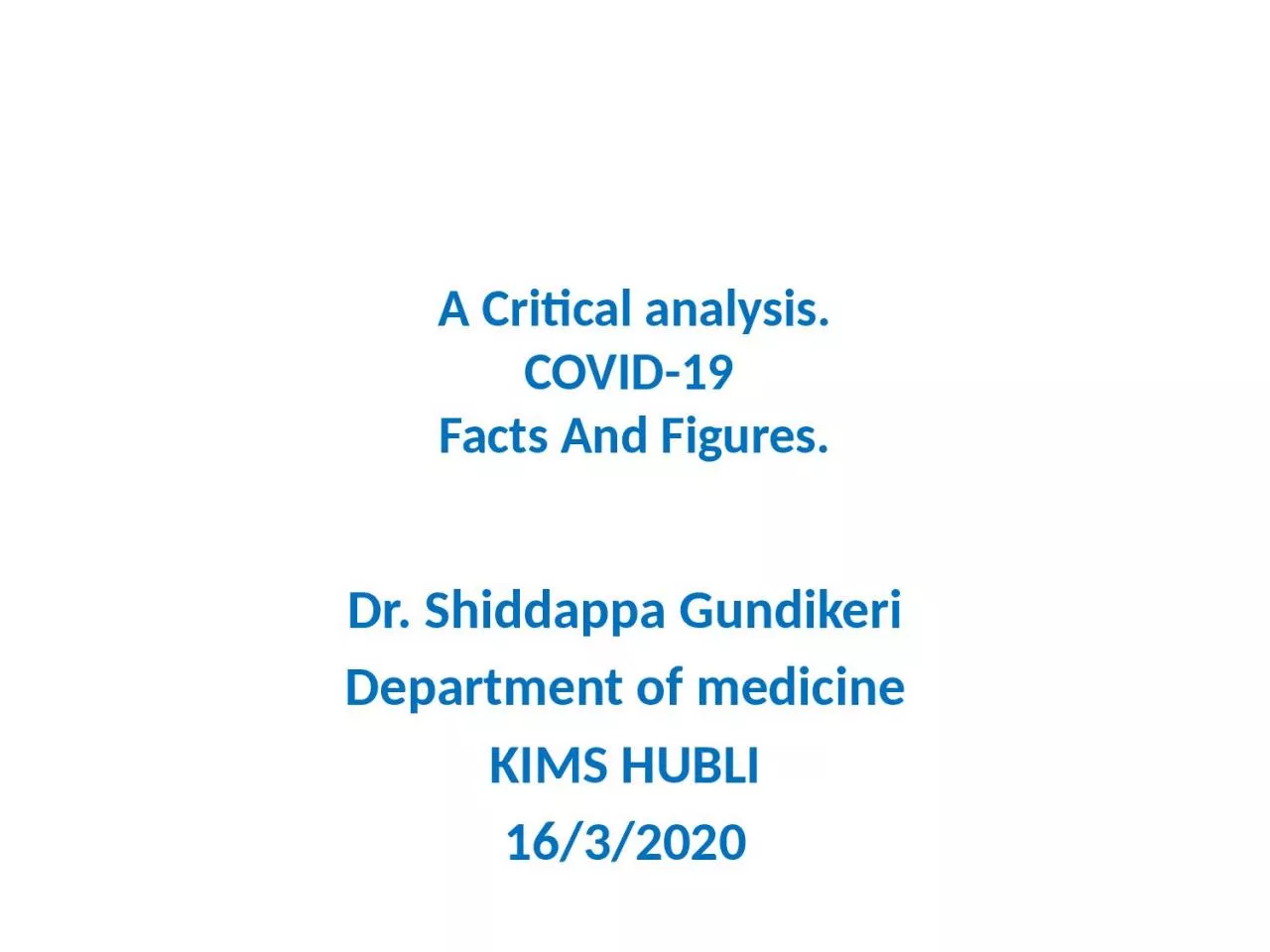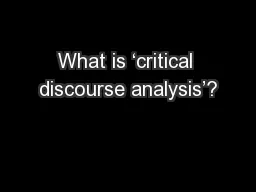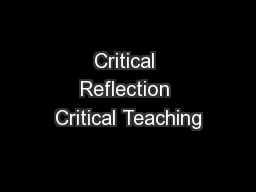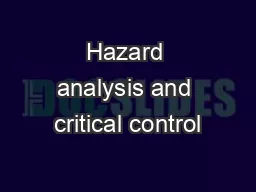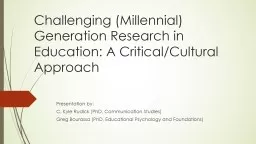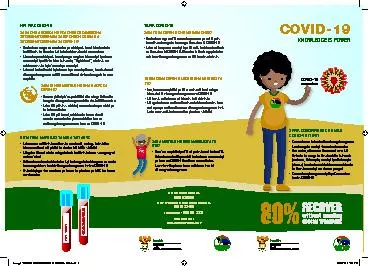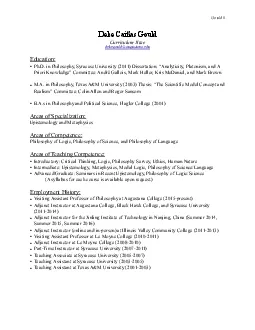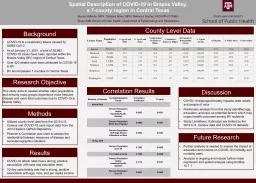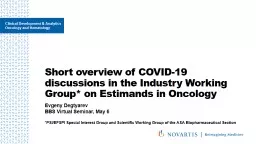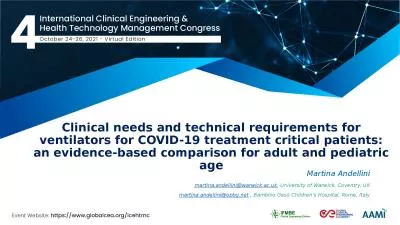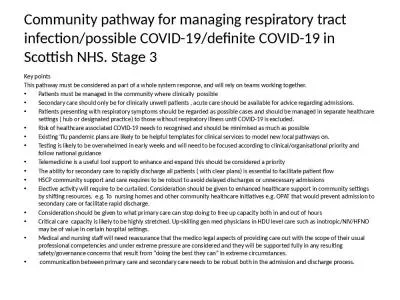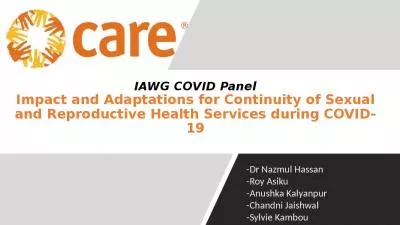PPT-A Critical analysis. COVID-19
Author : TacoBellDiego | Published Date : 2022-08-03
Facts And Figures Dr Shiddappa Gundikeri Department of medicine KIMS HUBLI 1632020 MAIN HEADINGS OF THIS TALK WHY THE WORLD IS SO SCARY ABOUT THESE VIRAL PANDEMICS
Presentation Embed Code
Download Presentation
Download Presentation The PPT/PDF document "A Critical analysis. COVID-19" is the property of its rightful owner. Permission is granted to download and print the materials on this website for personal, non-commercial use only, and to display it on your personal computer provided you do not modify the materials and that you retain all copyright notices contained in the materials. By downloading content from our website, you accept the terms of this agreement.
A Critical analysis. COVID-19: Transcript
Download Rules Of Document
"A Critical analysis. COVID-19"The content belongs to its owner. You may download and print it for personal use, without modification, and keep all copyright notices. By downloading, you agree to these terms.
Related Documents

